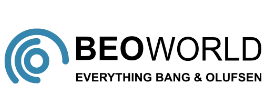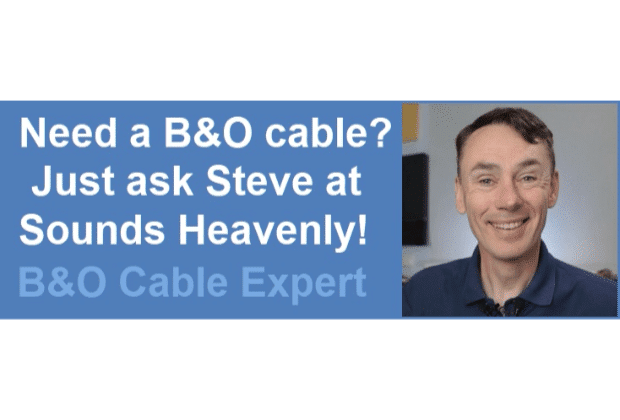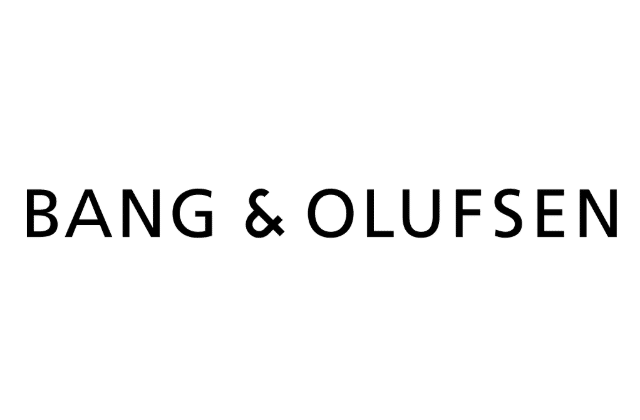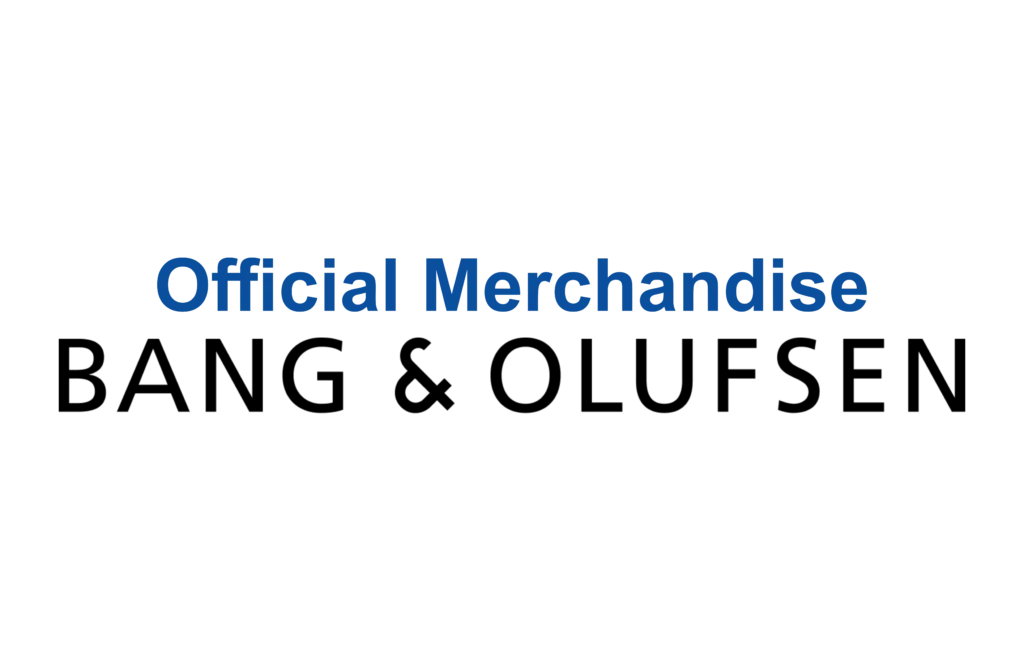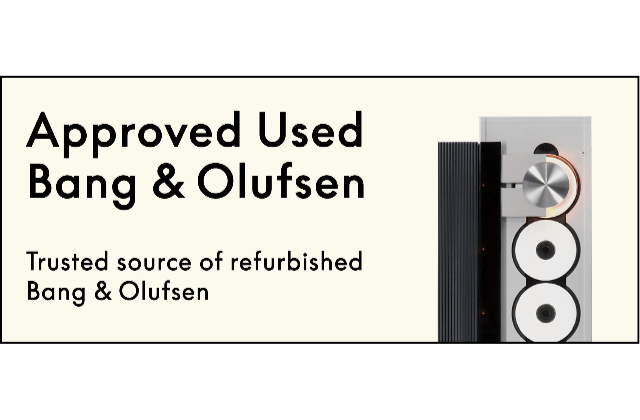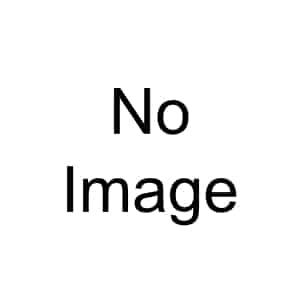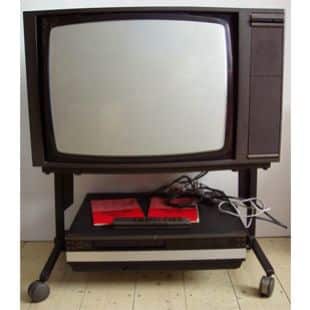BeoVision 8902

BeoVision 8902
Therefore, Bang & Olufsen equipped all their luxury Beovision models with an advanced digital tuner that had the capacity for receiving 100 UHF channels, 32 of which could be stored in the set’s microcomputer memory for instant recall at the touch of a button.
The real boon for most viewers is that you could locate, store and recall any of these stations without leaving your armchair. All you had to do was to touch a key on the Beovision Video terminal. So although the company gave their “future-safe” luxury TV range more micro-electronics, more features and more connection possibilities than ever before, they had, at the same time, made all this complex technology even more accessible – instantly. To borrow a phrase from the computer industry, Bang & Olufsen’s ’02-Series’ TVs were (and still are) extremely “user-friendly”.
Beovisions 5502, 7702, 8802 and 9002 all shared the same advanced chassis design and offered the same user-benefits. They were true “luxury” sets because all the features and facilities which, in other brands, are offered as ‘extras’ were offered as standard on Bang & Olufsen sets.
The Beovision Video Terminal supplied with Beovisions 5502, 7702, 8802 and 9002 offered a plethora of operational benefits. In addition there was also an advanced ‘tune and store’ function that allowed you to you operate the automatic tuning system from the comfort of your chair.
One touch of the ‘tune’ button started the digital tuner scanning the wavelengths of the UHF band. When it found a station, it stopped – giving you the opportunity to either reject or accept it. If it was an unsatisfactory reception from a distant transmitter (or simply a station you didn’t like!), you just pressed ‘tune’ again to continue the search. When you found a station you enjoyed, on a channel giving a good, clear reception, you could instruct the set’s microcomputer to remember that transmission frequency by pressing ‘store’ followed by your own choice of pre-set programme number (e.g. for BBC2 you might designate pre-set number 2). Thereafter, whenever you wanted to watch BBC2, you simply touched button ‘2’ on your remote Terminal.
Up to 32 different TV stations could be located and stored in this way, so your Beovision really was ‘future-safe’ because it had plenty of spare capacity to accommodate new programme sources as and when they come ‘on stream’.
The (then) latest type of Beovision Video Terminal also had a button marked ‘sound’. This was only effective with Bang & Olufsen stereo TVs – Beovision 7802 and Beovision 8902, for example.
BeoVision 8902 Product Details
Type Numbers
7210 (1984 - Jan 1986)
7022 (D, TXT, OSCAR) (1984 - May 1987)
7292 (D, TXT, OSCAR) (1984 - Dec 1986)
7006 (G) (1984 - May 1986)
7230 (GB) (1984 - April 1987)
7233 (GB, TXT) (1984 - Feb 1987)
7270 (MULTI) (1984 - May 1986)
7277 (MULTI, TXT, ANTIOPE) (1984 - Aug 1986)
7020 (OSCAR) (1984 - Jan 1987)
7290 (S-CH) (1984 - May 1985)
7021 (S, TXT) (1984 - May 1987)
7211 (S, TXT) (1984 - Aug 1985)
Designer
Please let us know
Manufactured
1984 - 1987
Colour Options
Wood Effect or White
BeoVision 8902 Product Specification
Picture tube size: 66cm
Cabinet: wood veneer
Features: stereo sound with stereo enhancement
Bilingual sound
Number of programmes 32 VHF – UHF, Range UHF 21 – 69, VHF 2 – 12
or VHF 46.25 – 105.25 MHz and 113.25 – 294.25 MHz
Picture tube 30 AX 110° in line self-converging
Start time Approx. 5 sec
Aerial impedance 75 ohms coaxial
Speakers: 2 set Log Line system: Woofer: 10 cm
Tweeter: 5 cm
Sound power output 2 x 14 W / 8 ohms
Harmonic distortion < 1 % at 15 W, < 0.5 % at 14 W
Intermodulation < 1 %
Frequency range +/- 1.5 dB 30 – 20,000 Hz
Power bandwidth 30 – 50,000 Hz
Signal-to-noise ratio > 55 dB
Bass control +/-8 dB / 100 Hz
Treble control +/-9 dB / 10,000 Hz
Power supply: 180 – 265 V
Power consumption 80 (70 – 160) W
Stand-by < 2 W
Dimensions W x H x D 89.5 x 49 x 45.5 cm
Weight 41 kg
Connections: Headphones output Max. 10.5 V / 200 ohms
External speakers 8 ohms
Tape output 600 mV / 1 kohms
Amplifier output 600 mV / 1 kohms
AC socket, Audio/video IN/OUT DIN 6 pin
Video input 1 Vpp 75 ohms FBAS
Video output 1 Vpp 75 ohms
Audio input 600 mV / 100 kohms
Audio output 600 mV / 1 kohms
Gold or Silver membership required to view documents
Available documents are listed, if none are listed then please reach out to see if we have them.
BeoVision 8902 FAQs
Please let us know
